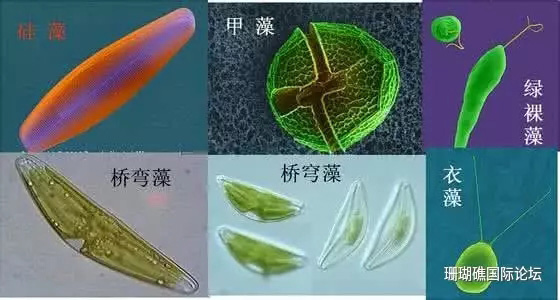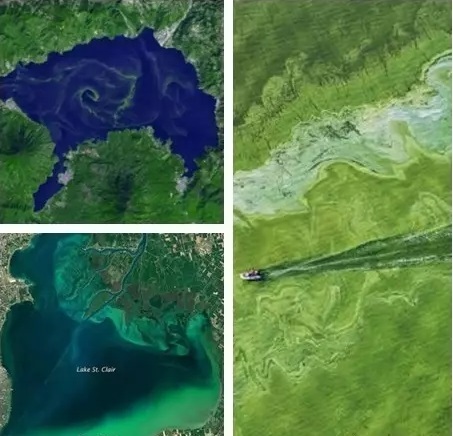Phytoplankton are tiny marine plants.
Phytoplankton, also known as microalgae, are similar to land plants in that they contain chlorophyll and need sunlight to survive and grow. Most of the phytoplankton float in the upper half of the ocean where sunlight can reach it. Phytoplankton also require some inorganic nutrients, such as nitrates, phosphates, and sulfur, and convert them into proteins, fats, and carbohydrates.
In balanced ecosystems, phytoplankton feed a variety of marine life, including krill, shrimp, snails and jellyfish, which in turn feed larger animals such as turtles, fish and whales. However, under certain environmental conditions, such as the introduction of excess nutrients from land-based pollution, phytoplankton growth can grow out of control and form algal blooms (known in the ocean as red tides).

These algal blooms can cause many problems because excess algae blocks sunlight, which is harmful to plants like seagrass that need sunlight to make food. Zooxanthellae, or symbiotic algae that live in coral tissue and provide food for corals, can also be affected by algal blooms. Excessive algae can also suffocate other organisms living on the seafloor.
When algal blooms eventually deplete their nutrients, phytoplankton die, sink and decompose. The decomposition process uses up the oxygen that the surrounding marine animals need to survive. Since animals either die from lack of oxygen or leave the area in search of more habitable waters, these oxygen-deprived waters are often referred to as "death zones."
Some algae produce their own toxins, and algal blooms from these species are harmful to humans. These harmful algal blooms, also known as HABs, can cause breathing difficulties and other illnesses in humans and animals, and can cause shellfish to close their shells.

The annual economic cost of HABs to seafood, restaurants and tourism is estimated to be approximately $82 million.
Source: National Marine Sanctuaries